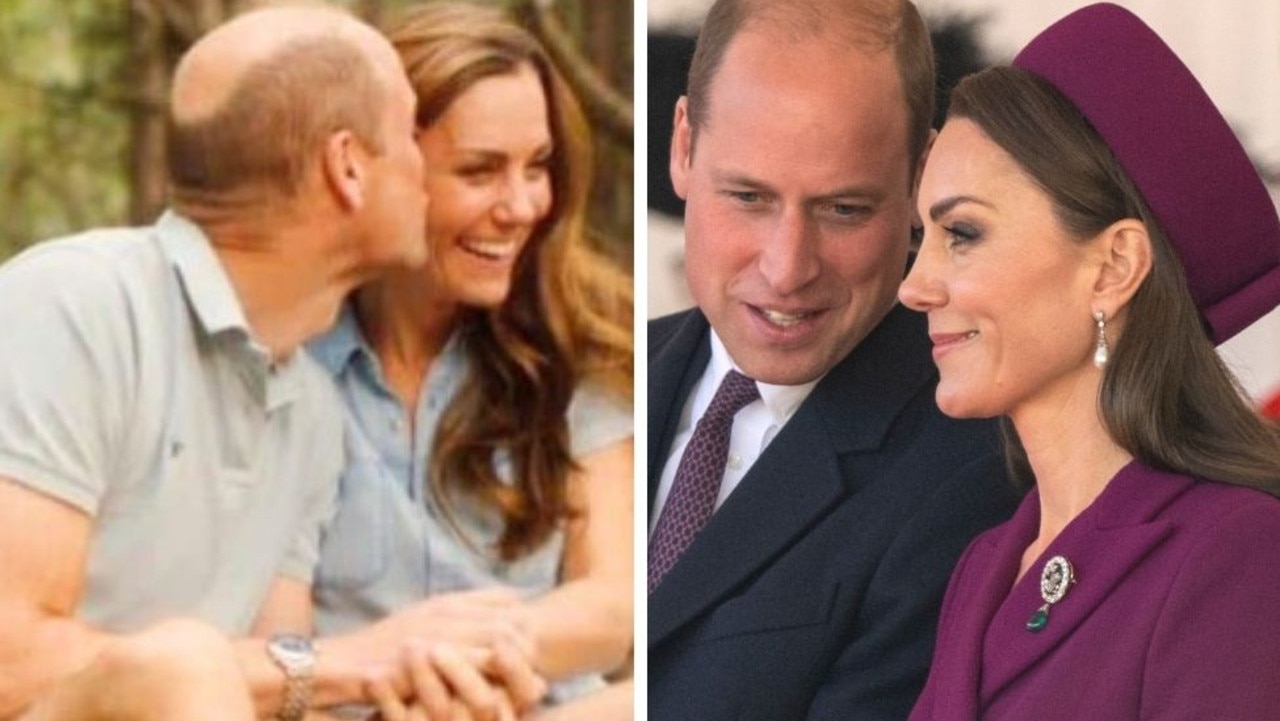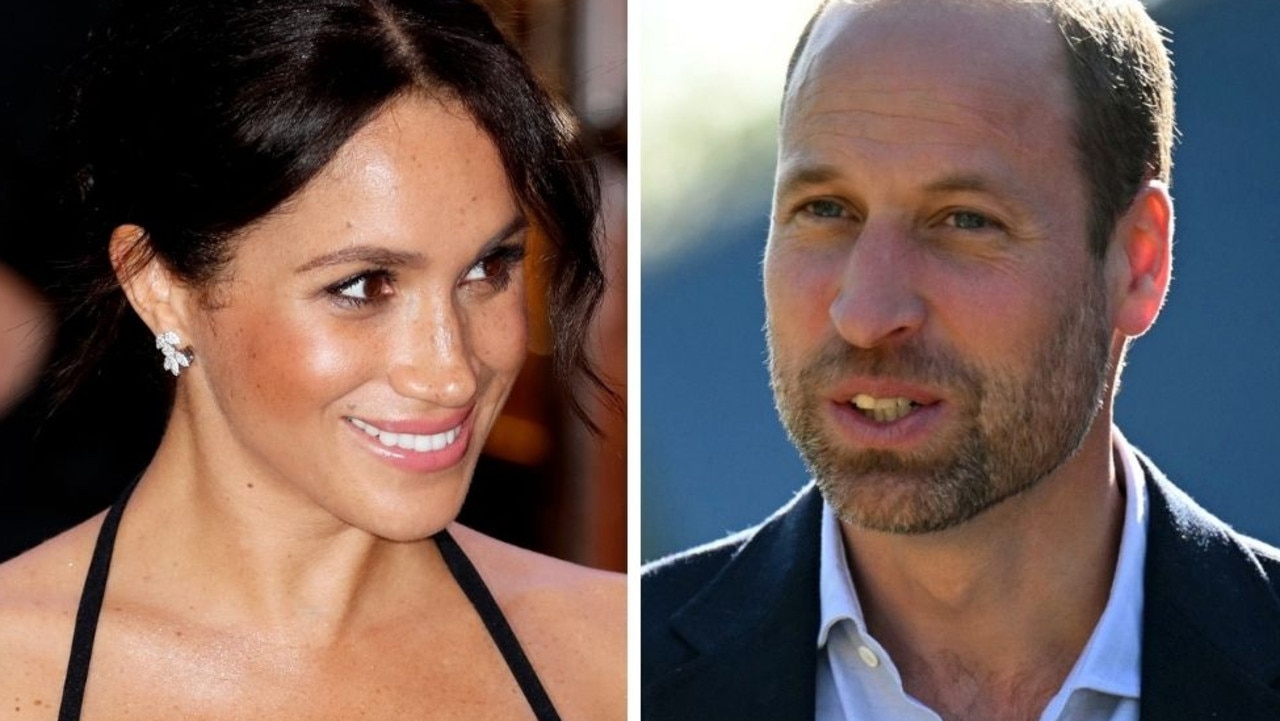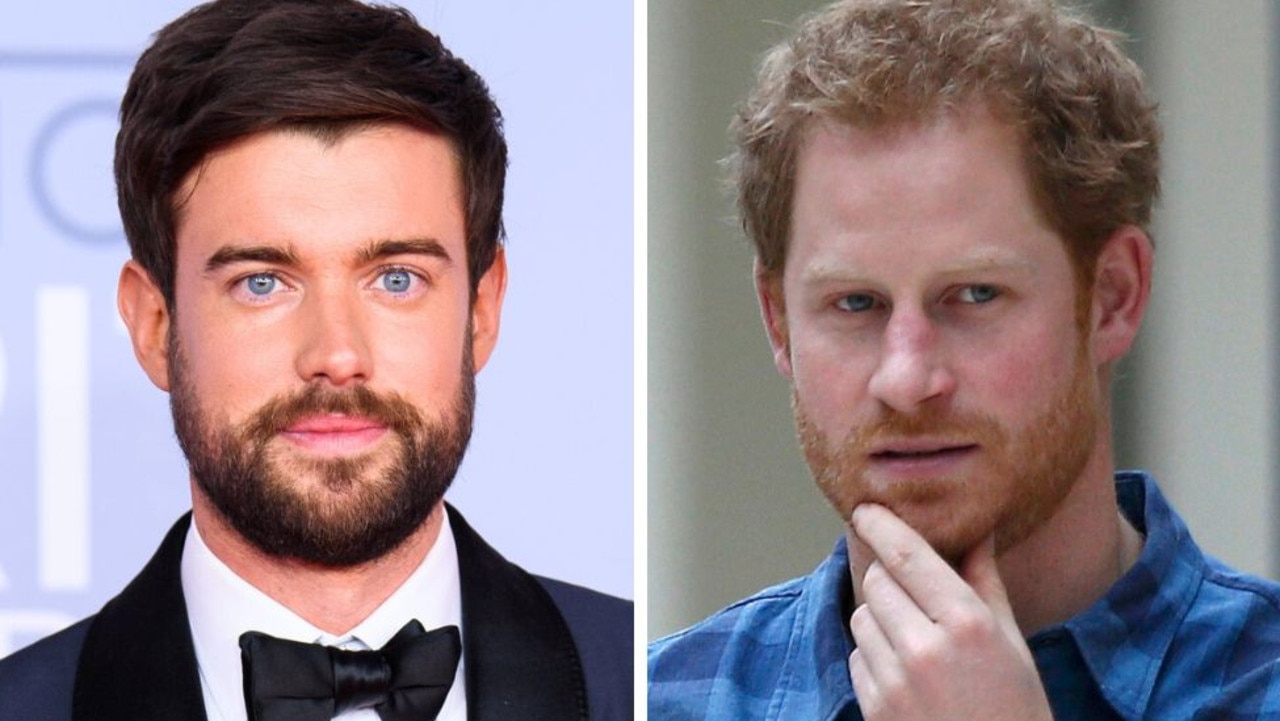The one and only time Queen Elizabeth II broke royal protocol
During her mammoth 70-year reign, the Queen only ever broke protocol once, and it ended up being one of her most famous moments.
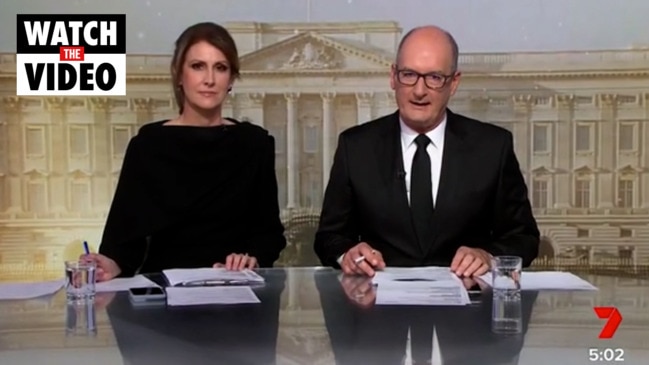
A small figure in black bowed her head as the gun carriage bearing the coffin of Diana, Princess of Wales, passed by.
It was the first and only time the Queen bowed in public to another person up until her death today. It broke all protocol, all rules.
And it was not just the sovereign acknowledging Diana. It was the sovereign acknowledging her people, The Sun reports.
Stay up to date with the latest news on the British Royals with Flash. 25+ news channels in 1 place. New to Flash? Try 1 month free. Offer ends 31 October, 2022 >

The week following Diana’s death on August 31, 1997, was a week that changed the monarchy. Never before had Her Majesty faced such anger from a grief-stricken country that could not understand her apparent coldness – infamously symbolised by the flag at Buckingham Palace not flying at half-mast.
For once, the Queen had not put her duty first. For once, her priority was to be a grandmother.
But when those first few dizzying days were over, she recognised her public role too.
By the end of the week she captured the national mood in a moving TV broadcast, then came out of Buckingham Palace to join crowds watching Diana’s coffin on its way to Westminster Abbey. And she bowed.
The Queen had been at Balmoral with her family, including grandsons William and Harry, when the news came in a call from Paris at 4.15am that Diana was dead.
Doctors had been unable to save the 36-year-old from injuries inflicted when a car she was in had crashed a few hours earlier.
The Queen’s first thoughts were for Diana’s boys. William was 15, Harry just 12. They were asleep, and it was decided they should not be woken immediately. In the meantime, Her Majesty – still in her dressing gown – ordered staff not to turn on radios or TVs in case the princes heard them. Newspapers were to be hidden.
The boys were to learn about the tragedy in peace. They were to be allowed to mourn a mother, not a superstar.
Charles woke them and broke the news just after 7am. An hour later, the anguished father met with the Queen to decide what to do next.
Charles wanted to go to Paris to collect Diana’s body, despite the couple divorcing a year previously after separating in 1992.
The Queen believed it was more important he stay at Balmoral with his sons.
At this point it’s claimed a member of the royal household interrupted: “Would you prefer, Ma’am, that the body of the Princess of Wales be brought home in a Harrods van?”
It was the first angry voice raised against the Queen for her reaction to the death. It would not be the last.
Charles got his way. But first, the Queen decreed, the family would go to church as usual. Faith, after all, was what had always given the family strength. And so, the first the world saw of the bereaved William and Harry on that terrible Sunday morning was their small, white faces being driven to Crathie Church in Aberdeenshire.
Diana was not mentioned during the service.
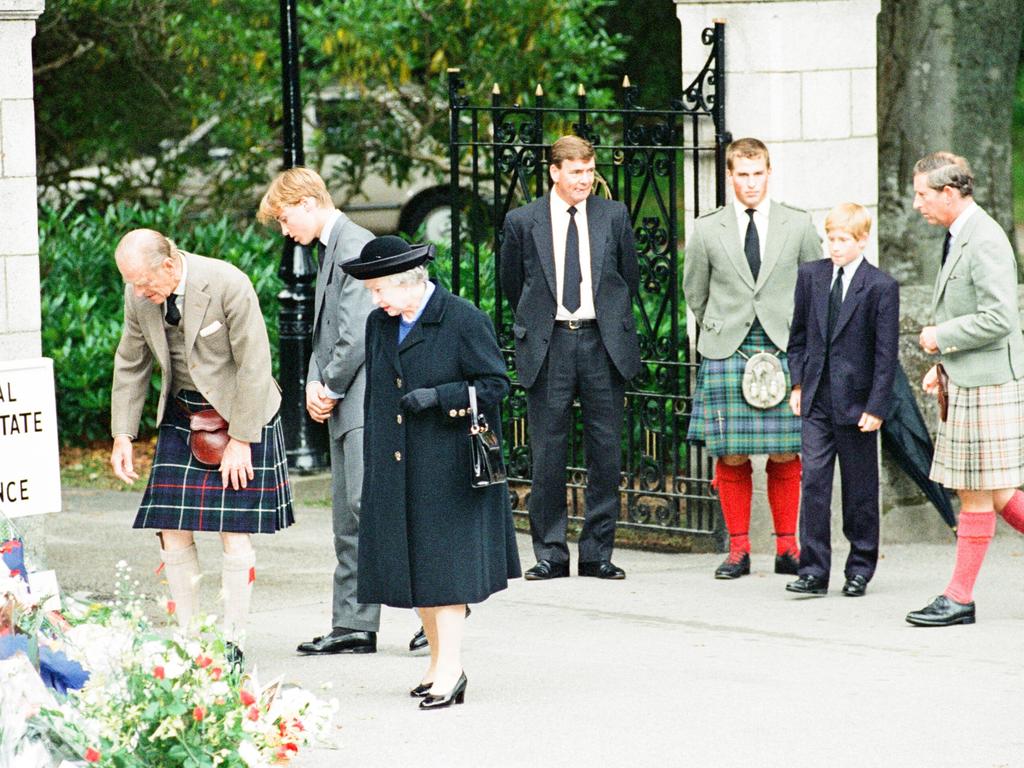
Meanwhile, Prime Minister Tony Blair had gone to his own local church service in Trimdon, Co Durham, and made a statement that was beamed live around the world.
He declared: “She was the People’s Princess and that is how she will stay.”
His words captured the public mood perfectly.
By the next day, the PM’s team was urging the royals to speak to the nation. But they held firm. As a courtier stormed: “This is not a bloody election campaign.”
Again, for privacy and for the boys, the Queen decided that Diana’s funeral should be a small family affair at Windsor.
Charles disagreed. He was already worried that the public, which had taken Diana’s side during their troubled marriage, would turn against him even more.
He insisted on a full-scale funeral at Westminster Abbey.
The Queen was desperately divided, especially as to how much the young princes should be involved.
As William told the BBC in 2017: “I think it was a very hard decision for my grandmother to make. She felt very torn between being the grandmother to William and Harry and her Queen role.”
While the funeral argument continued to rage two days after her death on the Tuesday, rumblings were beginning about why flags on all government buildings were flying at half-mast – but not at Buckingham Palace.
Royal protocol stated that the only flag ever flown above the Palace was the Royal Standard, and only when the sovereign was in residence. This flag represented the monarchy and therefore it was never lowered.
As courtier Sir Malcolm Ross later explained: “She didn’t lower the Royal Standard on the death of her father.”
But the public did not care about protocol.
“It was very difficult to work out exactly what the Queen was thinking at this time,” Tony Blair later said.
“I think she was resistant to anything that struck her as false or struck her as a public relations event in the face of something that was a profound personal tragedy.”
But the depth of the nation’s feelings – and how grief was turning to rage against the monarch – was finally becoming apparent, even at Balmoral.
On the Wednesday, The Sun’s editorial fumed: “Not one word has come from a royal lip, not one tear has been shed in public from a royal eye. It is as if no one in the royal family has a soul.”
By the following day, the issue was on The Sun’s front page with the headline: “Where Is Our Queen? Where Is Her Flag?”
The newspaper had been deluged with nearly 42,000 phone calls on the issue, with many readers denouncing the Queen personally. The editorial that day declared: “Let Charles and William and Harry weep together in the lonely Scottish Highlands.
“We can understand that. But the Queen’s place is with the people.”
That same Thursday, the PM’s adviser Alastair Campbell was shocked by the mood on the streets as he walked to the daily funeral meeting.
Tony Blair and Prince Charles told the Queen that if she did not make some gesture, she risked being booed at the funeral.
She was bewildered. This was the public she had served faithfully every day of her reign.
At last, later that Thursday, the Queen issued a statement, a rare step in those days.
Her press secretary, Geoff Crawford, stood outside St James’s Palace, where Diana’s body was lying, and said: “The royal family have been hurt by suggestions that they are indifferent to the country’s sorrow at the tragic death of the Princess of Wales.
“The Princess was a much-loved national figure, but she was also a mother whose sons miss her deeply.
“Prince William and Prince Harry themselves want to be with their father and grandparents at this time in the quiet haven of Balmoral.
“As their grandmother, the Queen is helping the princes to come to terms with their loss.’’
The statement also announced that the Union flag – never before flown above Buckingham Palace – would go up at half-mast.
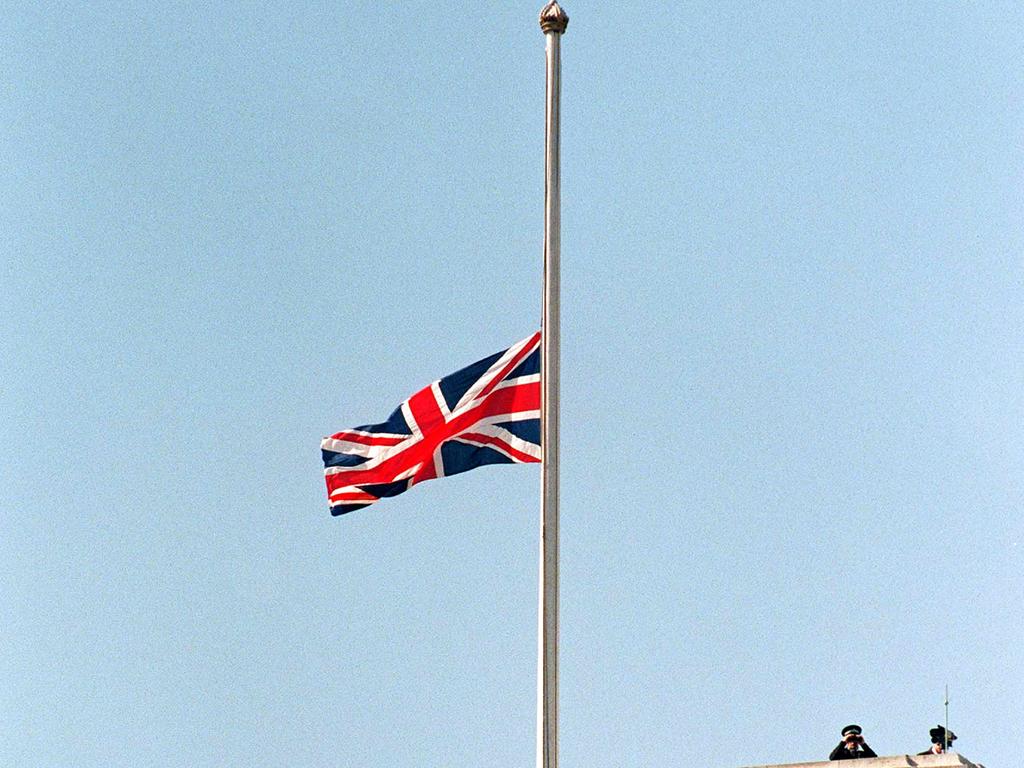
What is more, the Queen would come to London on Friday, a day earlier than planned, to address the nation on TV.
On her arrival, the then 71-year-old sovereign made a brave decision: She would meet crowds outside the palace where they had been leaving bouquets for Diana. According to Ingrid Seward’s 2017 biography of the Queen, when Her Majesty first appeared in public, someone in the crowd yelled: “About bloody time, too.”
One of the Queen’s staff told the writer: “That gave the Queen quite a turn … No one could remember ever seeing the Queen so agitated, so unsure of herself.”
But with Philip at her side, she continued to look at the floral tributes.
Then a young girl, Katie Jones, handed a bouquet to the Queen in a moment that would be seen as a turning point, and which was recreated in 2006 film The Queen, starring Helen Mirren.
Katie later told the BBC: “I was waving my flowers, and she asked me if I wanted her to go and put them down with the rest of the flowers, and I said, ‘No, they’re for you, Ma’am.’
“She held my hand at this point, shaking, and she sort of questioned me and said, ‘Are you sure?’ I was like, ‘I think you deserve them, I think you’ve done the right thing staying with your grandsons.’”
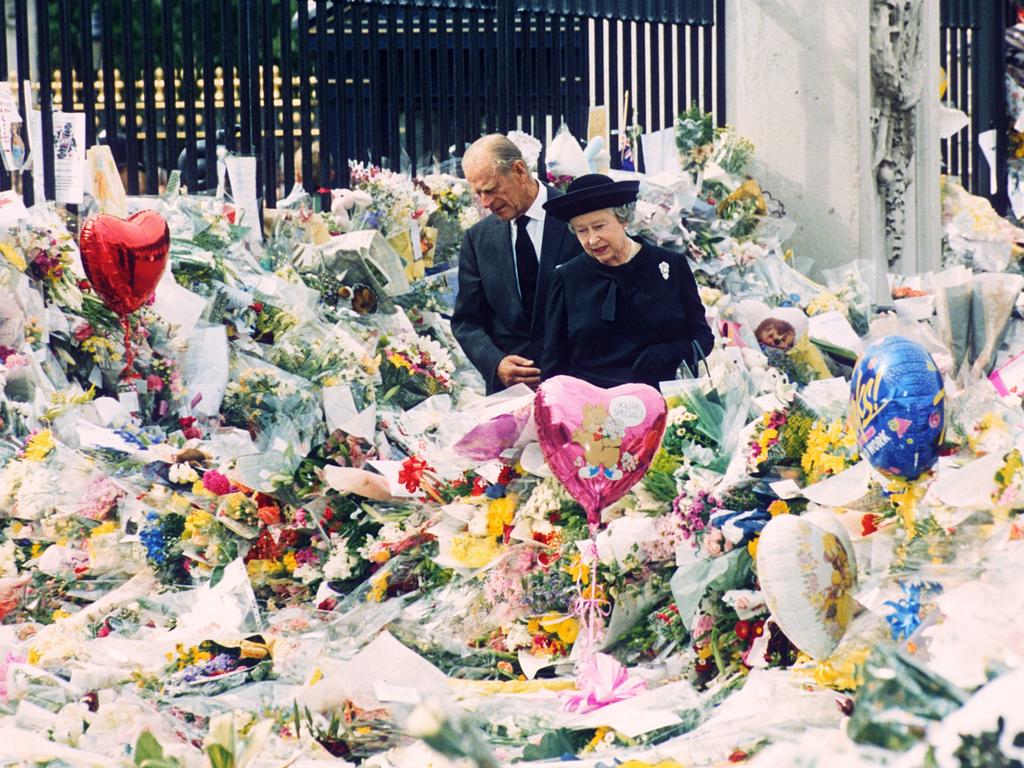
At 6pm that evening, the Queen broadcast to the nation from the Chinese Dining Room at Buckingham Palace.
She announced: “Since last Sunday’s dreadful news, we have seen throughout Britain and around the world an overwhelming expression of sadness at Diana’s death. We have all been trying in our different ways to cope.
“It is not easy to express a sense of loss, since the initial shock is often succeeded by a mixture of other feelings: Disbelief, incomprehension, anger – and concern for those who remain.
“We have all felt those emotions in these last few days. So what I say to you now, as your Queen and as a grandmother, I say from my heart.
“First, I want to pay tribute to Diana myself. She was an exceptional and gifted human being. In good times and bad, she never lost her capacity to smile and laugh, nor to inspire others with her warmth and kindness.
“I admired and respected her – for her energy and commitment to others, and especially for her devotion to her two boys.
“This week at Balmoral, we have all been trying to help William and Harry come to terms with the devastating loss that they and the rest of us have suffered.

“No one who knew Diana will ever forget her. Millions of others who never met her, but felt they knew her, will remember her.
“I for one believe there are lessons to be drawn from her life and from the extraordinary and moving reaction to her death. I share in your determination to cherish her memory.
“I hope that tomorrow we can all, wherever we are, join in expressing our grief at Diana’s loss, and gratitude for her all-too-short life.”
As one commentator wrote afterwards: “Her words may have rescued her reign.”
The next morning, she walked out of the gates of the palace to wait and watch as Diana’s flag-draped coffin was carried to Westminster Abbey. As BBC commentator David Dimbleby noted, the move was “another departure from any known protocol”.
She stood next to a banner that had been draped on the palace railings by a mourner reading: “Diana: Princess of Love.”
And she bowed.
This story originally appeared on The Sun and was reproduced with permission



